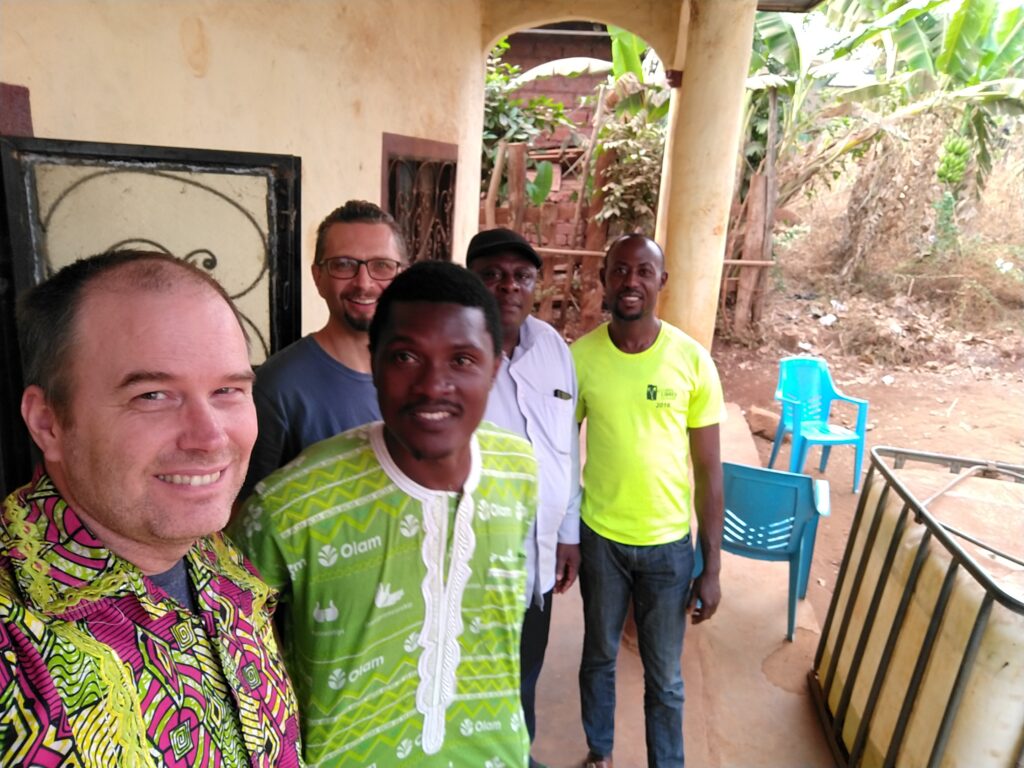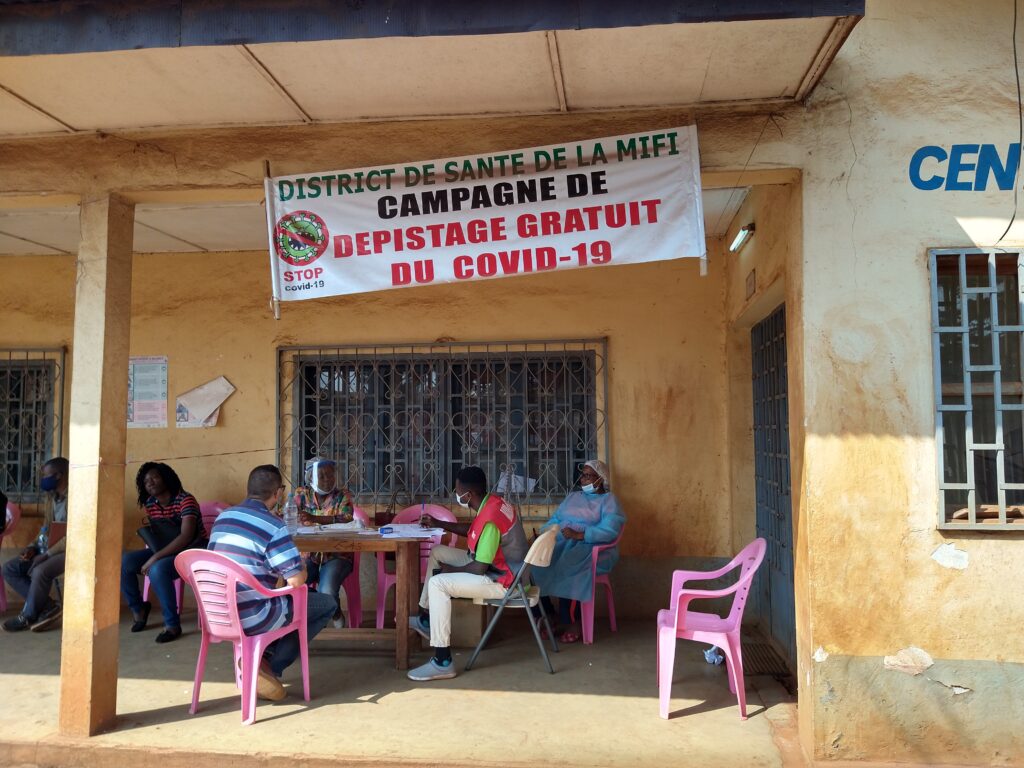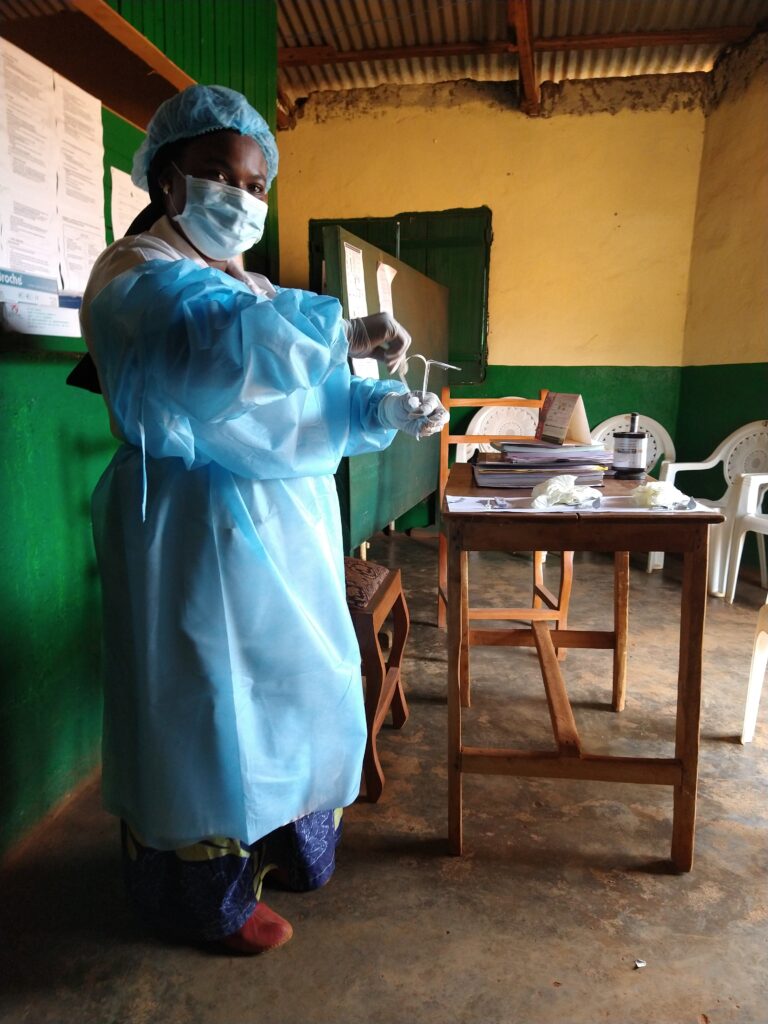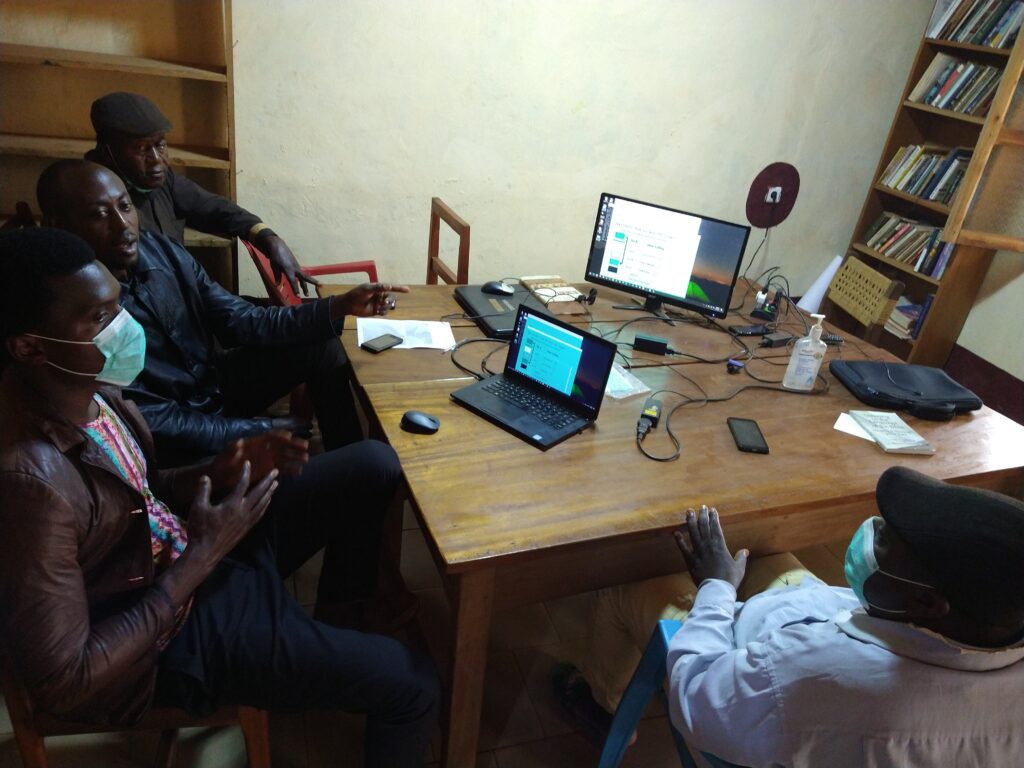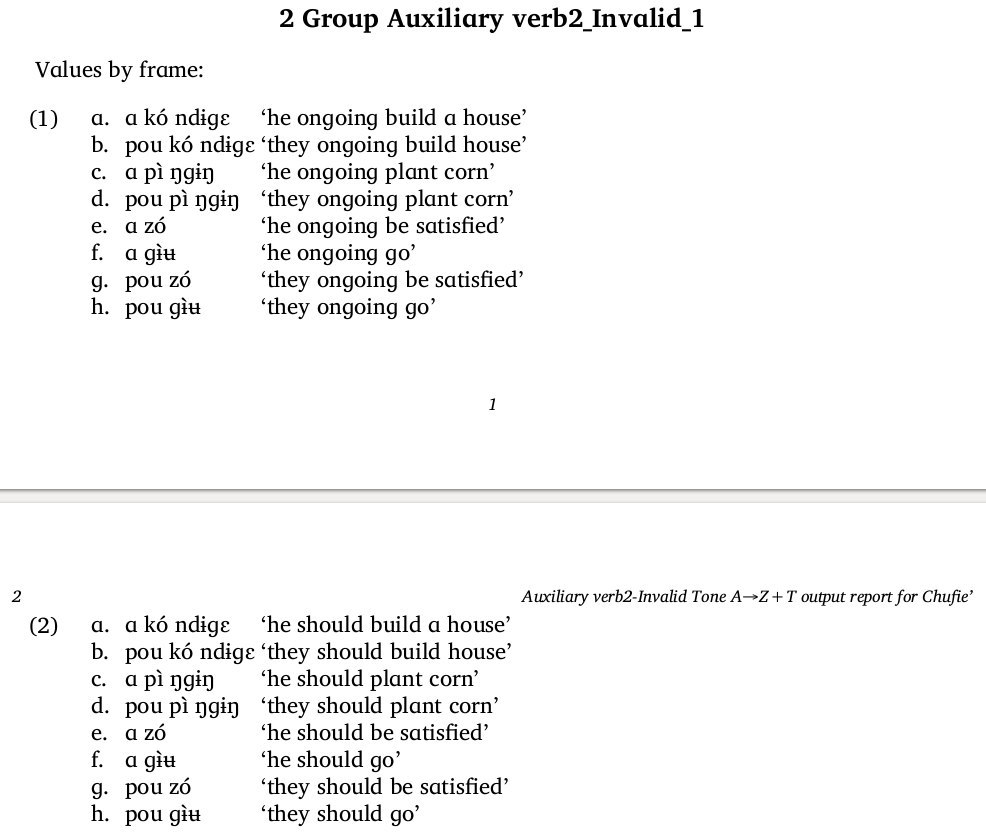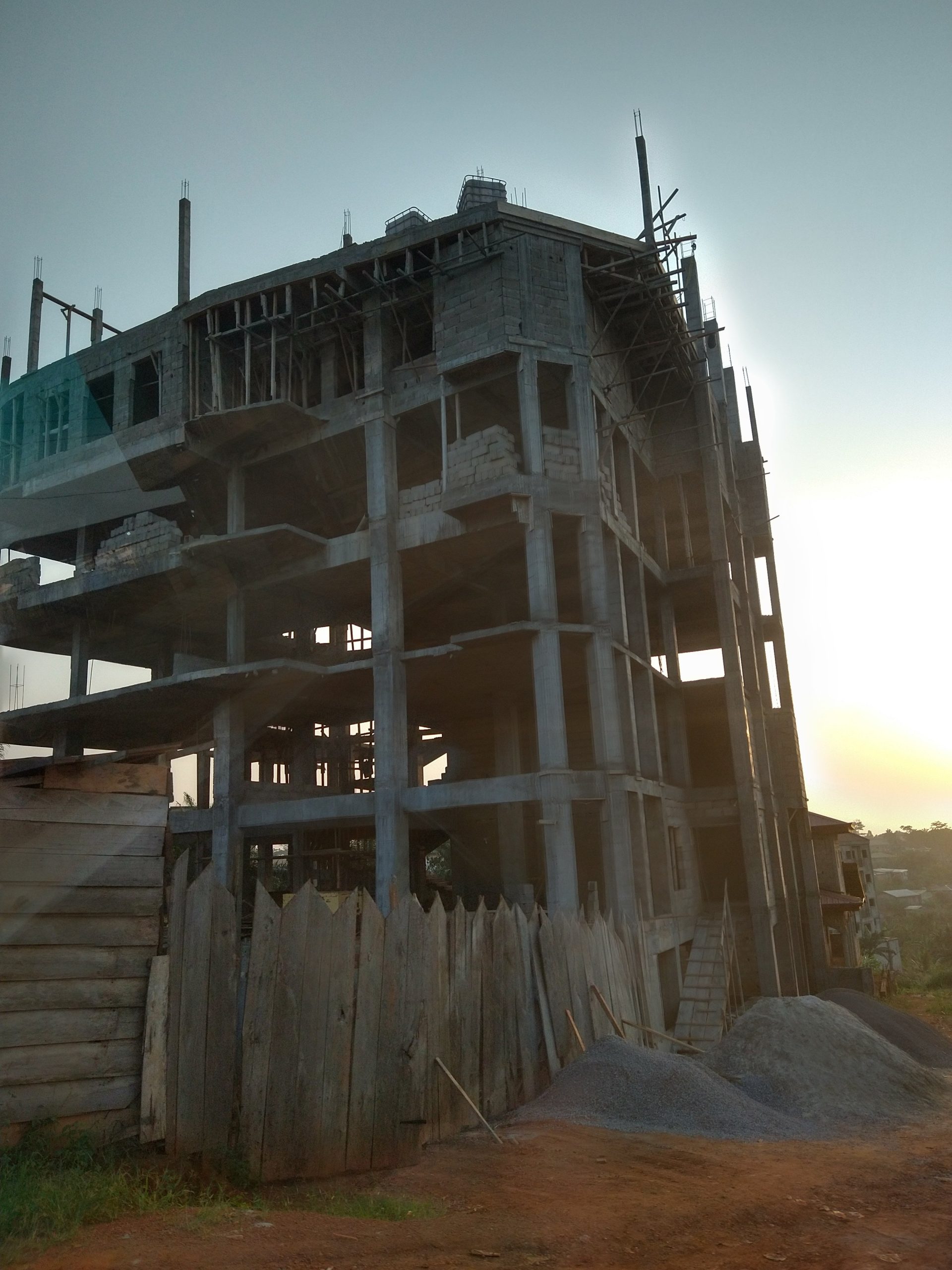
I saw this building this evening, and we commented on the logic of putting walls on the top storey of a building before the lower ones were done. Then as I thought about it, that’s a bit like what I’m doing with A→Z+T.
The work on tone on words in isolation is basically done, but I’m still getting started on the work for consonants and vowels, which a linguist would normally do first. One reason I did it this way was because tone is much harder for people to get on their own, as compared to consonants and vowels.
But another reason has been creeping around the back of my mind for some time, and I’ve just come to understand it more fully. That is, one can look at the tone of full word forms and ignore (to an extent) how words are composed of meaningful word parts. This can’t really be done with consonants and vowels, as the place in the root is often much more important than the place in the word.
So now in order to implement consonant and vowel analysis, I need to implement root parsing, and account for multiple forms per word (e.g., singular and plural for nouns, imperative and infinitive for verbs).
I’m order to do this, I’ve been digging into the foundation, to make the ~9k lines of code (in the main file) more manageable, so that the building process will be more manageable. Practically, this means converting ad hoc functions I’ve built over time into sensible classes, so things will be more terse, flexible, and easier to fix each problem in just one place, and to build (just once each) functions and objects that can be reused in multiple contexts. So a deep dive into object oriented programming, of that means anything to you. Things have come a long way since BASIC…
So, having the fourth storey more or less livable (people plan to use it in a workshop next March/April), I’m now shoring up the foundation (OOP) so I can build the first storey (root analysis), so I can then build the second and third storeys (consonants and vowels).
Just so you know what my work is like these days, when I’m not actively addressing user issues (as come to me most days), or consulting in linguistics issues. Not exactly building an airplane while flying it, but definitely trying to manage short, mid, and long terms goals all at once.
